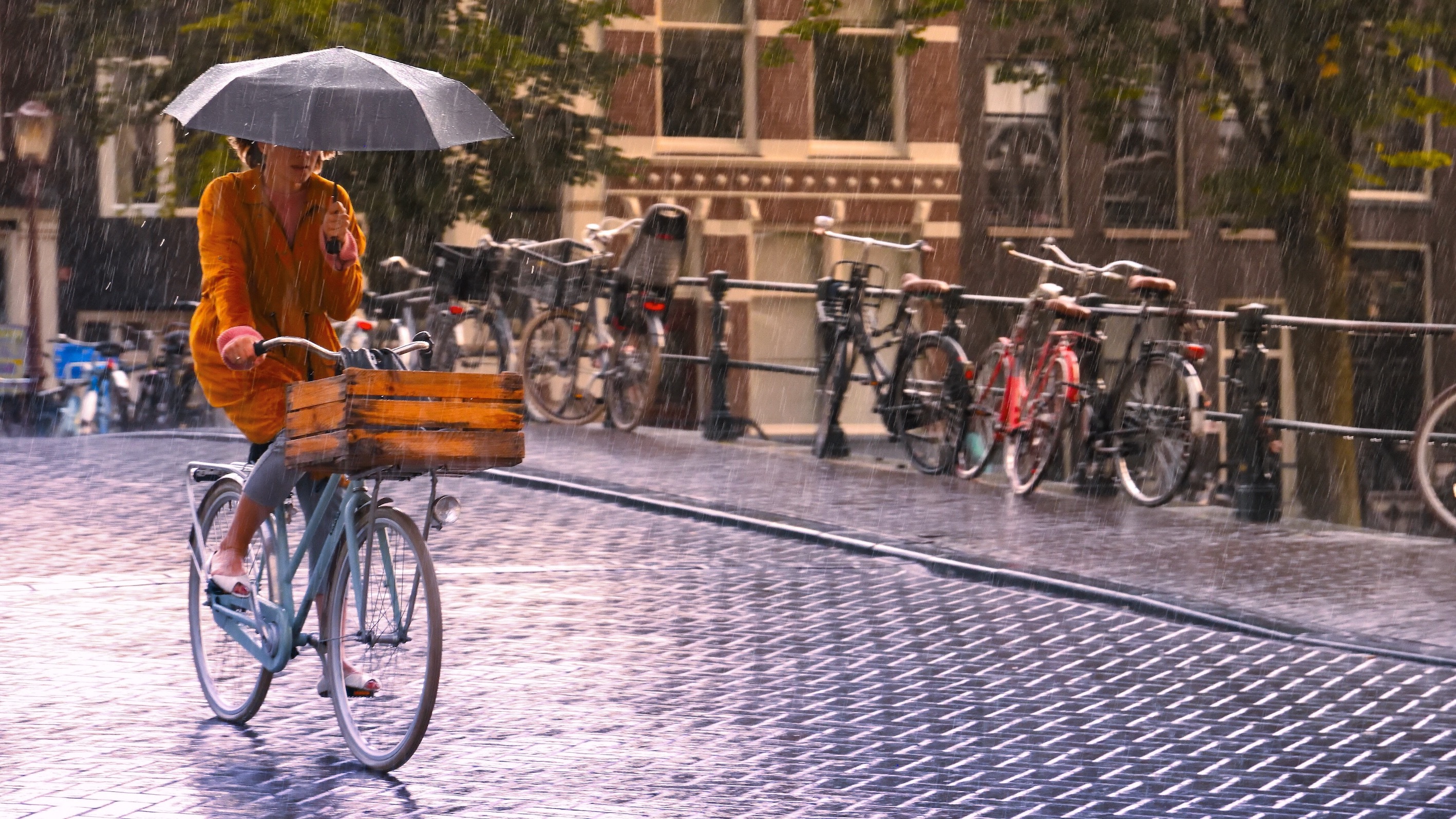We Made Community Hard to Reach
Design can’t create community, but it can make it more likely.

Almedalen is a bit like speed dating for ideas.
Everyone brings their sharpest thoughts, their boldest provocations, their finest shoes, and if you’re lucky, you leave with a handful of conversations that don’t let go.
(Almedalen is Sweden’s annual political week, where policymakers, researchers, businesses, and civil society come together for open discussions about the future.)
I went with a mission.
A quiet one, but clear.
To talk about something I’ve spent years exploring: how the built environment shapes our mental and physical health.
And not just in theory, but in the places we show up every day.
Our offices, our schools, our neighbourhoods.
The spaces we work, live, feel lonely, feel connected – or don’t.
I’ve written and spoken about this for a while now.
But Almedalen gave me the rare chance to talk with people. Across disciplines. Researchers, city planners, architects, developers, politicians, curious passers-by…
And here are a few things I’m taking with me back home this summer.
Belonging Is Public Health
If we treat loneliness like a social inconvenience, we’re missing the point.
Belonging isn’t a fluffy bonus. It’s as biologically urgent as sleep, food, and water.
When we don’t feel connected, our bodies go into stress mode. Cortisol rises. Immune systems weaken. Cognition drops.
That’s not just a philosophical problem, it’s a health crisis.
So, when we talk about liveable cities or attractive workplaces, the real question is…
Will I feel safe here?
Will I feel seen?
Will I want to come back?
We’re Still Planning Cities Like It’s 1985
This came up again and again.
Despite everything we know about how people live,work, raise kids, and grow older, so many of our systems are still built on outdated assumptions.
We’re still planning for 9–5 office hours.
Still assuming the car is king.
Still separating functions like we’re allergic to spontaneity.
But the most vibrant, healthy, and resilient places aren’t neatly divided. They’re alive.
They have cafés next to clinics. Libraries across from laundromats. People of all ages sharing benches, parks, and bike lanes.
And none of that happens by accident. It happens by design.
There’s a Hunger for Community That Goes Beyond Buzzwords
This might have been my favourite takeaway (said the community ambassador).
Community isn’t trending - it’s what people are craving.
Not the polished kind with curated events and branding decks.
But the real kind. The one that shows up when you’re sick. Or stuck. Or just need to borrow a lemon.
People kept returning to the same thing:
What we’ve lost in modern life.
The small, unplanned moments.
The shared coffee machine.
The quiet nod in the hallway.
The sense that someone would notice if you didn’t show up.
And here’s the thing:
Design can’t create community, but it can make it more likely.
It can make connection easier than disconnection.
It can make belonging feel normal again.
Let’s Wrap This Up
Almedalen reminded me that change doesn’t always come from the centre stage.
Sometimes it starts at a round table, with a paper cup of coffee and a quiet question that lingers longer than a keynote.
I didn’t leave with a checklist.
But I did leave with a strong pull to keep talking about this.
And yes, I’ll admit it, part of that drive is egoistic.
Because this isn’t just important in the grand societal sense.
It matters to me.
It pulls together the questions I’ve asked for years — about space, about belonging, about how we build places that hold us instead of wearing us out.
So, I’ll keep writing, talking, designing, and questioning.
Because cities don’t just need good infrastructure.
They need to care about what makes us human.
Because if we want people to stay, to thrive, to belong we must start treating our cities like a relationship worth investing in.
Not just a system to manage, but something to care for.
Like you would someone you love.
Lots of love,
Stina



.svg)